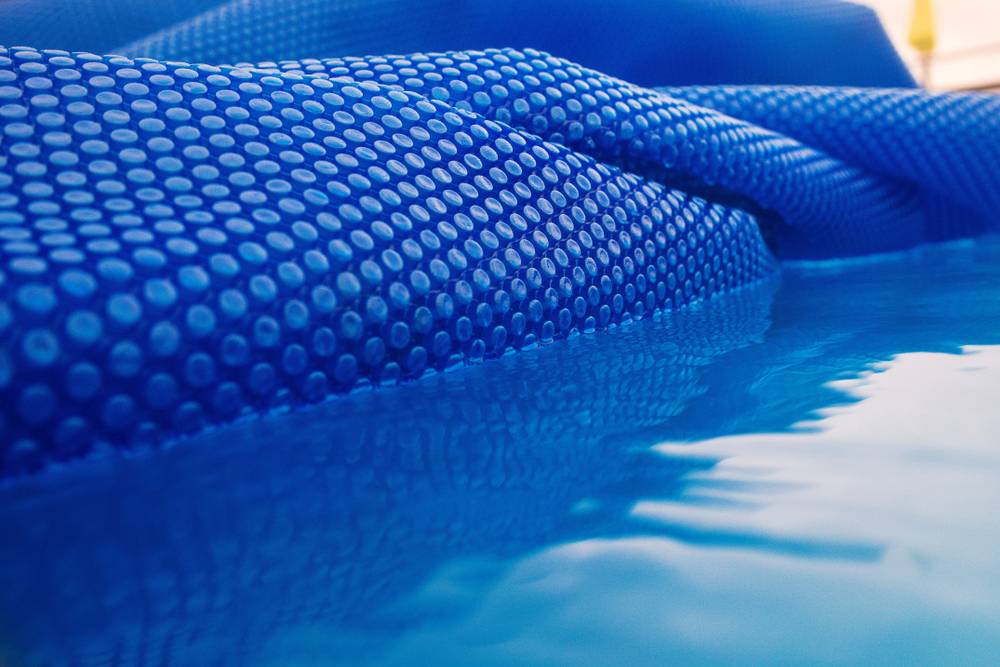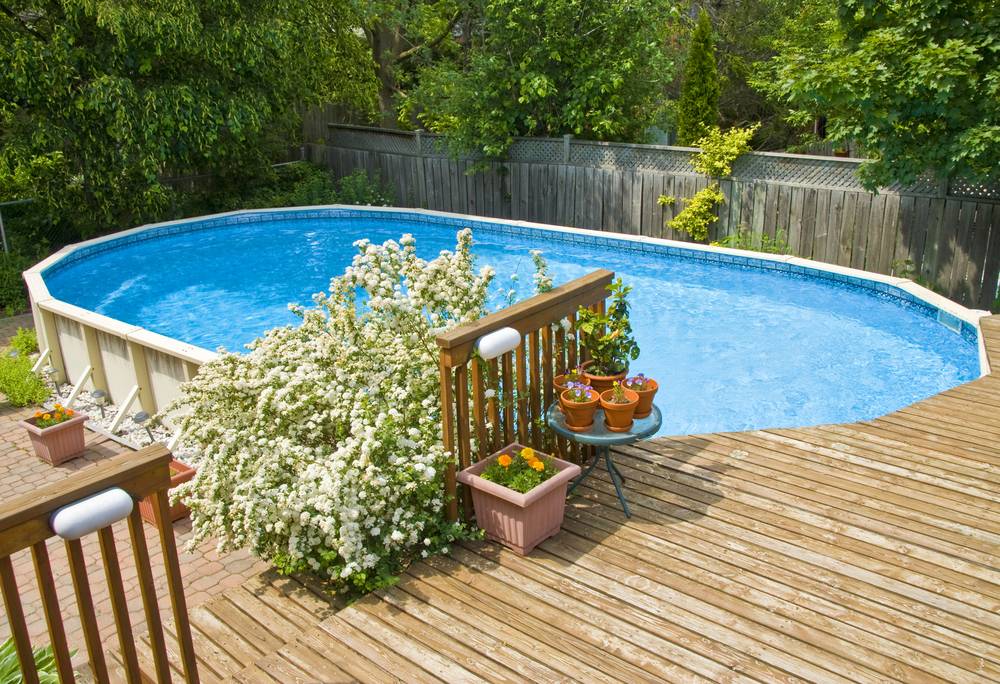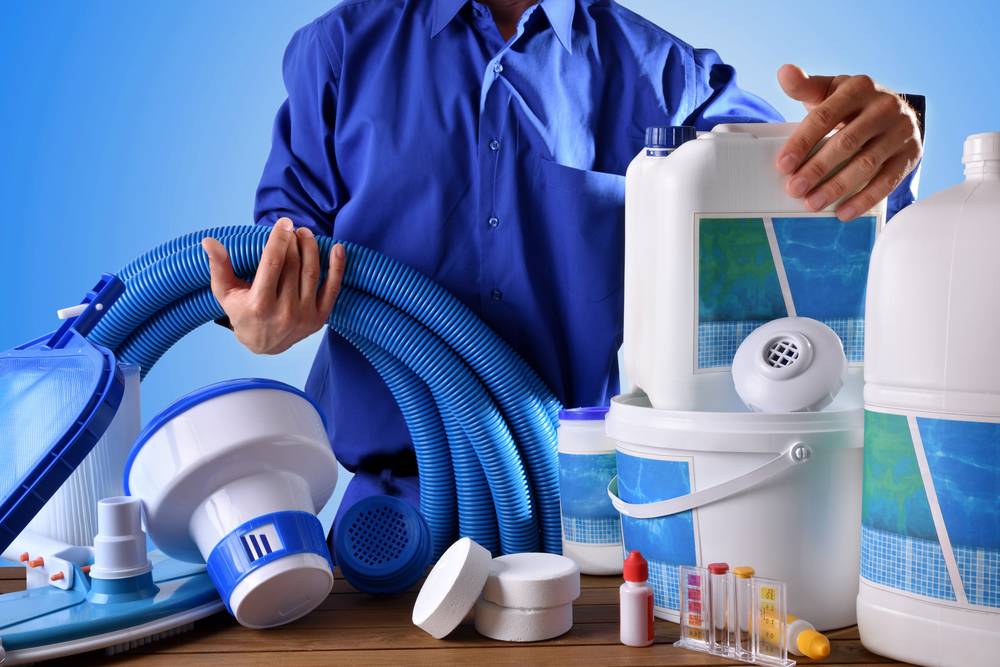What would be a good summary of the levels of CYA, Calcium Hardness, Sodium (for non-salt pool), or other stats, that would suggest need for at least a major water replacement?
Not just for me, but for everyone's reference.
For me, given the droughts in California, I have not even considered replacing our water in years. It has actually been well over 20 years. But given all the rain we have had this year it seems like if I am anywhere close to needing to replace it, 2023 is the year to do it.
In my case, my CYA is only 30-40, so I know that is not a concern. My Calcium Hardness is ~350, so that seems ok. I have not yet measured my sodium level. Anything else to test for this purpose?
Not just for me, but for everyone's reference.
For me, given the droughts in California, I have not even considered replacing our water in years. It has actually been well over 20 years. But given all the rain we have had this year it seems like if I am anywhere close to needing to replace it, 2023 is the year to do it.
In my case, my CYA is only 30-40, so I know that is not a concern. My Calcium Hardness is ~350, so that seems ok. I have not yet measured my sodium level. Anything else to test for this purpose?




